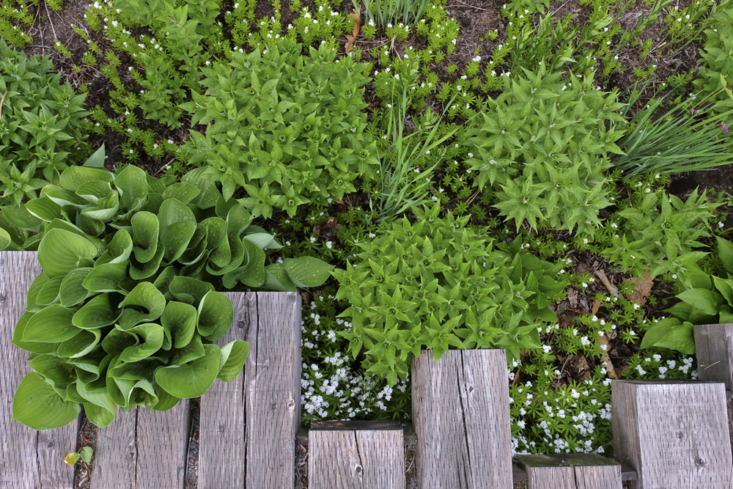At the beginning of his latest book, the acclaimed British landscape designer Dan Pearson mentions how American gardens have sprung up in an atmosphere that is outward-looking, while garden-making in Japan draws on its own strong traditions, developed over many centuries. He doesn’t dwell on the comparison but it’s a great starting point for anyone curious about, yet not well-versed in, the culture of Japanese gardening. In Tokachi Millennium Forest we have not only the perspective of a western designer whose approach is instinctively ecological but the native insights of his head gardener and longterm collaborator at Tokachi, Midori Shintani. The story of the forest reads like a modern fable.
We begin with Dan sitting with no clothes on in a hot spring up a remote, frozen mountain. The year is 2000, and he is in a conversation with the landscape architect Fumiaki Takano–who appears to have summoned the moon to light up the ravine just at the moment when he asks Dan whether he’d like to help him make a conservation park of almost 1,000 acres that would be sustainable for at least the next 1,000 years. At that time it had been managed as a forest for 10 years, having been acquired by the newspaper magnate Mitsushige Hayashi. It was intended as a carbon offset but the concept was not purely transactional: Mr Hayashi’s personal mission was to tighten the connection between Japanese people, whose culture was so closely bound with nature, to nature itself. City dwellers do not just make up the majority in Japan; they are over 90% of the population.
“All Japanese art culture springs from aesthetics based on the appreciation of plants and the view of nature,” writes head gardener Midori Shintani, highlighting the dichotomy that helped to make this project so compelling. Interspersed with Pearson’s detail, her texts are a delight, beautifully describing the way that transient moments are observed in Japan, not least in the 72 micro-seasons of the ancient calendar. If we all saw five days in early summer as ‘frogs start singing’ and a little later, ‘plums turn yellow’ imagine how contemplative everyday life could be.
The forest is open–join us on a tour:
Photography by Kiichi Noro.








Further encounters with Dan Pearson:
Dan Pearson in Lambeth: An Explorer’s Garden by the River Thames
10 Garden Ideas to Steal from the Chelsea Flower Show Winner
Garden Visit: Dan Pearson’s Old Rectory.








Have a Question or Comment About This Post?
Join the conversation